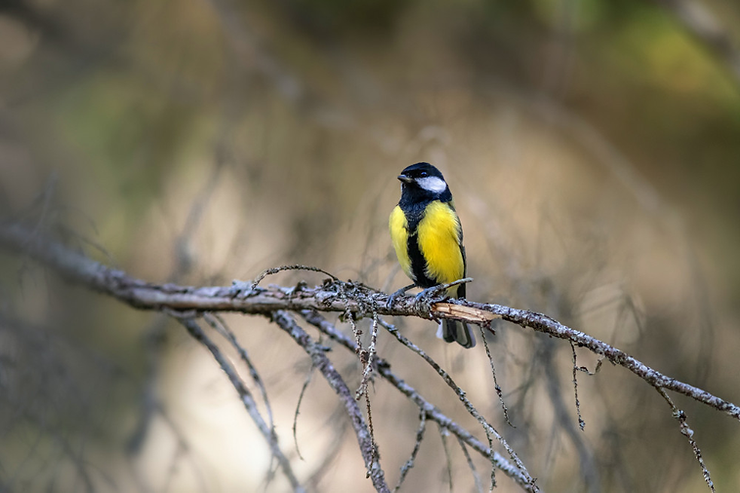18 Ways – How to Save the Birds – An Easy Guide
Bird. I think that was my oldest daughter’s first word. I know that sounds weird, but whatever! Birds bring joy to our lives. They welcome us in the early morning with their loud and lively cacophony (mishmash) of sounds like an annoying alarm clock. This “dawn song”, as some scientists call it, is a lovely reminder of life.
Unfortunately, our songbirds are diminishing in numbers. According to the Cornell Lab of Ornithology, 40% of songbirds have vanished since 1970. But don’t despair. In addition to numerous societies and organizations fighting to preserve their habitats not only for nesting but migrating, we as everyday folk can also do our part to help save the birds. Read on to learn how to save the birds – an easy guide.
(Some of the links within this post are affiliate links on which I receive a small compensation from the sale of certain items with no extra cost to you.)
(As an Amazon Associate I earn from qualifying purchases.)
1. Drink Shade-Grown Coffee and Chocolate
This type of coffee and chocolate is grown naturally under a canopy of trees.
Coffee
There are five main categories of coffee grown in shade.
A. Rustic Shade-Grown Coffee – individual families growing a coffee crop without altering much of the vegetation. This form of coffee receives 70% to 100% shade coverage.
B. Poly-Culture Shade-Grown Coffee – grown under a canopy of trees with added fruit and nut trees, and medicinal plants. These coffee types receive 60% to 90% of shade.
C. Multi-Cropping Shade-Grown Coffee – more trees are removed to make way for the cultivated coffee. The farmers will plant timber and fruit trees in addition to the coffee. This coffee receives 30% to 60% of shade.
D. Mono-Culture Shade-Grown Coffee – the land is mostly cleared, then the farmers add one or two species of trees which they prune heavily. This form of coffee receives 10% to 30% shade.
E. Full Sun Plantation-Grown Coffee – this coffee receives 0% shade. There are no canopy trees, as the land has been completely cleared.
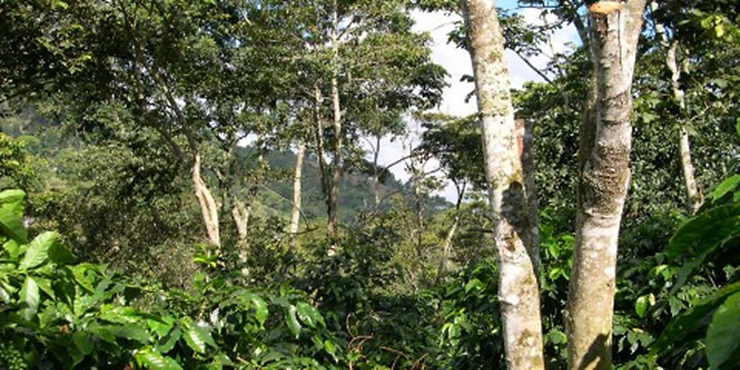
According to the Smithsonian’s National Zoo and Conservation Biology Institute “habitat on shade-grown coffee farms outshone sun-grown coffee farms. (The farms have) increased numbers and species of birds, improved bird habitat, soil protection/erosion control, carbon sequestration, natural pest control and improved pollination”.
I know it can be more pricey than full sun coffee, however if you buy shade grown coffee you will help save our birds. Buy bird friendly coffee from Amazon.
Chocolate
I love chocolate, especially the dark variety….the darker the better! However, farmers usually clear the land and then plant cacao trees, thus creating sun-grown chocolate.
Shade – Grown Chocolate
Many farmers are acknowledging the negative effects of this type of farming and are choosing to create a more sustainable environment. They are incorporating a diversity of trees amongst cacao trees. This allows the cacao trees to absorb and store more carbon which will help reduce the effects of climate change.
It also provides a natural habitat for migrating and nesting birds, along with a variety of insects on which the birds feast.
Organic or shade-grown chocolate can be bought through Amazon.
Warning:
Studies have shown that dark chocolate contains levels of lead and cadmium that may be harmful to humans if ingested in large quantities. Click to see which organic chocolates contain the least amounts of these harmful heavy metals according to Consumer Reports.
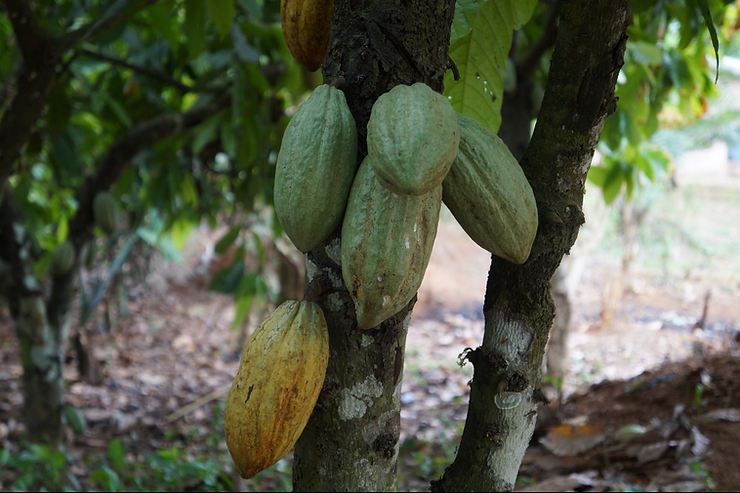
2. Protect Planet From Plastics
Many states are outlawing plastic bags. On May 4 of 2022, New Jersey banned single use plastic bags. It’s so important to use cloth grocery bags or reusable bags. Birds mistakenly eat plastics and can become ill or even die. In addition to causing blockages in the birds’ digestive tract, the plastics absorb toxic chemicals from seawater, “poisoning the creatures that swallow them” according to International Bird Rescue Plus, by not using plastics, including plastic wrap, we can conserve resources and use less fossil fuels.
3. Protect Birds From Pets
Roaming cats (and sometimes dogs) do attack birds. Cats will not only kill for food but will kill just for the heck of it. So either keep your cat inside, put them on a leash and walk them, or hang a bell around their necks to forewarn the birds. I have two cats that were strays but are now indoor cats, although I do walk Nigel on a leash. He looks forward to it everyday! Cats live longer if they are inside and if you provide them with scratching posts, climbing structures, and toys.
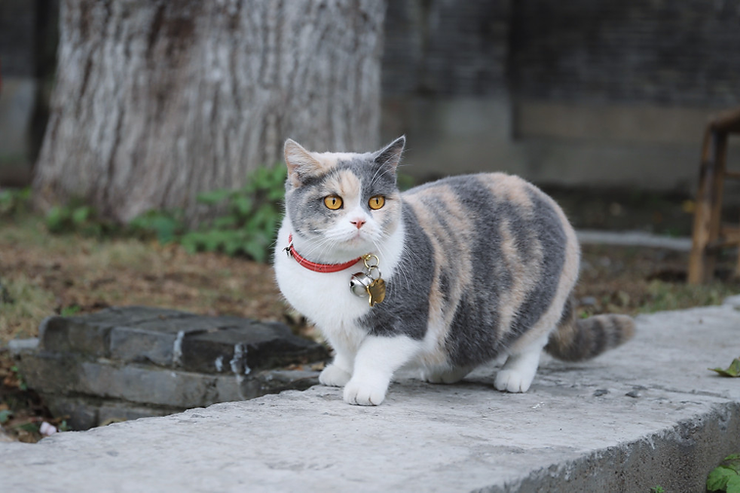
4. Avoid Pesticides and Chemicals
Birds will eat fertilizer pellets off the ground which can cause sickness or death. Therefore, use earth friendly chemicals, fertilizers, and pesticides to save our feathered friends.
Plant Native Vegetation
You can also create a garden using native plants to greatly reduce the use of chemicals.
5. Clean Bird Feeders
Bird feeders should be cleaned every 2 to 3 weeks to decrease the spread of disease. For more on how to attract birds in winter, click here.
6. Learn the Hunting Laws
Federal and local laws protect sensitive areas, manage annual hunting through regulations, and create long term management plans. So know your area. You can also purchase a Federal Migratory Bird Hunting and Conservation Stamp that supports habitat conservation. This annual stamp is for migratory bird hunting (counter-intuitive….I know), and admittance to National Wildlife Refuges. It can also be part of a stamp or art collection, or just as an easy and effective way to support habitat conservation.
7. Leave Fledglings Alone
Some baby birds spend a few days on the ground after they have left the nest and before they are able to fly. The parents will continue to care for and feed them if you and your pets stay away from them.
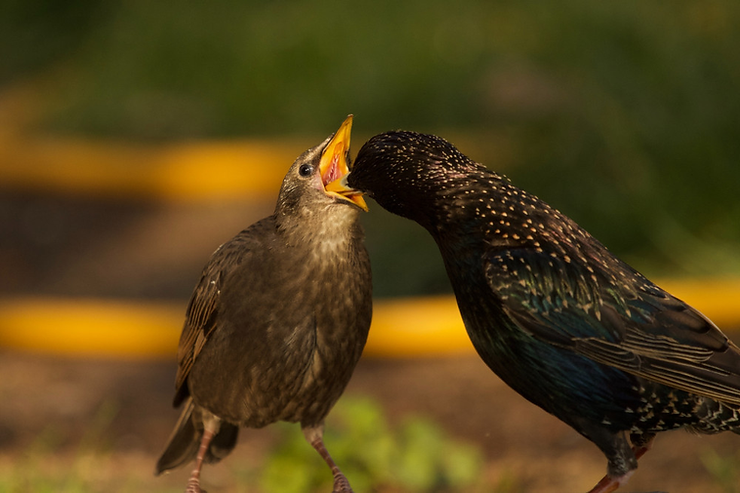
8. Don’t Buy Illegally Caged Birds
Be sure the stores where you are purchasing birds are reputable breeders.
9. Place Trash in Appropriate Bins
Birds will eat paper, shiny plastic objects, and other undesirable things. Don’t tempt them by leaving open cans or bags of garbage where they are easily accessible to them. This can cause disease and infections in birds.
10. Keep Your Distance
Like humans, birds need their own space. This free space allows them to feed, breed, and nest under normal conditions. If you are too close, you can make them nervous and reduce their energy reserves.
11. Highlight Your Windows – Mark Them Up
An estimated 1 billion birds per year are killed because they fly into windows. They see the reflection of either themselves or vegetation and unknowingly fly into them. You can make your windows “bird safe” by adding decals to the windows, closing blinds, shades, or curtains especially at night, and/or painting designs on your windows with tempura paint. This paint is rain resistant but washes off with a damp rag or sponge.
Birds are naturally drawn to light. At nighttime turn off your lights in unused rooms and close the blinds, etc.
Birds do not like vertical lines, so take a yard stick and draw vertical lines on your windows.
12. Slow Down When Driving
Not only will you help save your life and the lives of others, you will also save the lives of birds if you slow down while driving. If you enjoy riding through the country, please slow down. There is a greater risk of hitting a flying bird in the country than in an urban area .
13. Reduce Carbon Footprint
You can prevent the pollution of bird habitats by walking more and riding bicycles. This will also help save the earth.
14. Recycle and Repurpose Stuff
Instead of throwing out old dishes and plastic bottles, think outside the box and use them for birdfeeders, water feeders and even nesting homes.
15. Get Outdoors and Enjoy Nature
To better appreciate birds go for walks with friends and family, or go solo! See how many birds you can spot and share them on eBird.
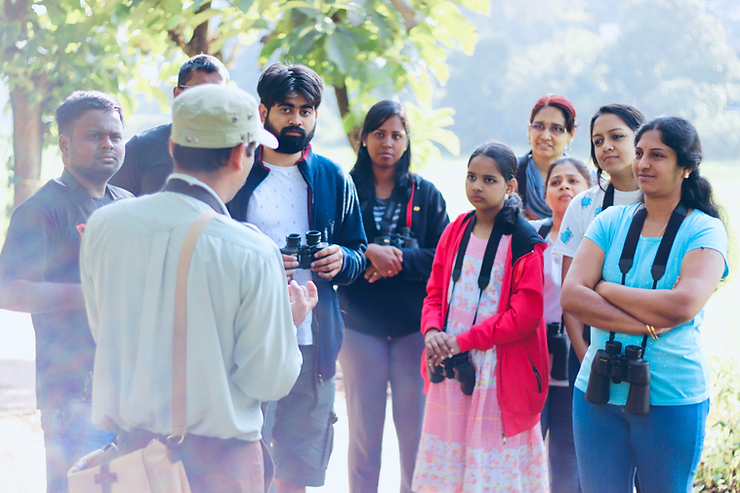
16. Be a Citizen Scientist
Many local nature centers, libraries, and conservation organizations need volunteers to help collect data on birds and their habitats. They will teach you everything you need to know in order to help them.
17. Support Conservation
Join organizations such as the National Audubon Society. Your contribution will help preserve habitats for birds and support nature in other ways.
18. Join a Local Bird Watching Club
If you enjoy watching birds, why not join a bird watching club? It’s a fun way to socialize and learn more about birds. Then share your knowledge with others.
How to Save the Birds – An Easy Guide
I know you may wonder how one person can make a difference? But every idea or movement starts with one person. YOU be the change in your community by following some of these suggestions to help save our birds.
I hope you enjoyed this post and will share it with friends and family. Please leave a comment below. I’d love to hear from you.
